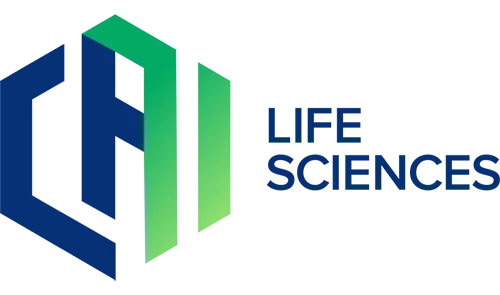The path to operational excellence is continually being redefined. Today’s manufacturers face mounting pressure to enhance product quality, improve compliance, and optimize operational efficiency—all while accelerating speed-to-market. At CAI, we believe innovation is the key to addressing these challenges. By leveraging cutting-edge technologies and reimagining traditional methodologies, organizations can achieve unparalleled operational readiness and excellence.
The Role of Technology in Revolutionizing Quality and Engineering Management
The evolution of technology offers unprecedented opportunities to transform both quality and engineering management. Tools such as AI-driven analytics, digital twin technology, and predictive quality measures are reshaping how manufacturers approach compliance, efficiency, and decision-making. These innovations enable life sciences organizations to achieve outcomes that were once thought impossible: real-time insights, right-first-time outcomes, and streamlined processes.
AI-Driven Analytics
AI has emerged as a transformative force, enabling manufacturers to derive actionable insights from complex datasets. With CAI’s knowledge graph capabilities, quality teams can connect disparate data sources—such as FDA 483 observations, internal quality systems, and process data—to uncover systemic trends and root causes of deviations. By implementing systemic trend identification and robust organizational change management within the CAPA process, organizations can achieve up to 20% reductions in deviations. This advanced analysis enhances compliance and reduces the time and cost of investigations, leading to more efficient operations and improved product quality.
Digital Twins
Digital twin technology creates a virtual replica of physical assets, enabling manufacturers to simulate processes, validate changes, and predict outcomes. At CAI, we leverage point cloud data to capture as-built conditions of facilities, which can then be integrated with spatial AI to compare against design models. This enables earned value tracking, ensuring that capital project managers preserve cash flow by avoiding premature payouts.
Additionally, the technology automates critical physical engineering checks, such as pipe slope, deadlegs, and valve orientation. This automation ensures 100% verification of engineering standards with minimal effort, identifying issues well before they impact the project’s critical path. For Directors of Engineering, this means maintaining project timelines and budgets, while for Directors of Quality, it ensures compliance and engineering integrity.
Enhancing Compliance with a Unified Intelligence Platform
Compliance is not just about adhering to regulations; it’s about creating a resilient quality management ecosystem. Traditional siloed compliance data limits the ability to identify systemic trends and implement global solutions. CAI’s Compliance Intelligence Platform revolutionizes this paradigm.
At the platform’s core is a knowledge graph that integrates data from disparate sources within a Quality Management System (QMS). By connecting regulatory requirements, internal SOPs, deviations, CAPAs, and change controls, the platform identifies systemic trends and delivers actionable insights. For Directors of Quality, this means ensuring compliance with greater ease, reducing risks, and improving audit readiness. For Directors of Engineering, it means leveraging insights to optimize project execution and maintain alignment with organizational goals.
Embrace the Future with CAI
As the life sciences sector rapidly evolves, organizations must adapt to stay competitive. At CAI, we combine elite expertise with innovative technology to help our clients navigate this transformation. Are you ready to lead the charge in quality and engineering management innovation? Let CAI guide you on the path to operational readiness and excellence.
